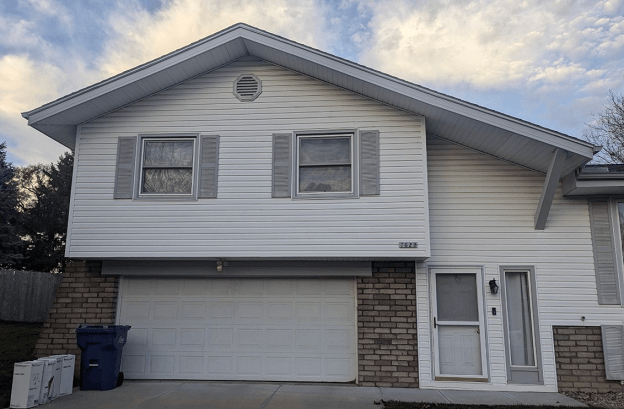Your attic plays a crucial—yet often overlooked—role in maintaining the health, energy efficiency, and longevity of your home. One of the most important aspects of attic health is ventilation. Proper attic ventilation isn’t just about having a few vents; it’s about ensuring your entire system works efficiently to regulate temperature and moisture—especially during the hot, humid months of summer.

Why Attic Ventilation Matters
Attic ventilation helps protect your home throughout the year, but it’s especially critical during the summer. As outdoor temperatures rise, attic temperatures can soar to 130°F or higher. Without proper airflow, this heat builds up, making your air conditioning work harder and increasing energy bills. Excess heat and humidity can also lead to moisture accumulation, mold growth, and deterioration of your roofing materials.
Proper ventilation allows hot, moist air to escape, promoting a balanced environment that protects both your roof and your indoor comfort.
While it’s currently warm, it’s worth noting that ventilation is also beneficial during colder months. In the winter, good airflow helps prevent ice dams and moisture buildup caused by trapped heat and condensation. Keeping your attic properly ventilated year-round helps avoid seasonal damage and improves your home’s energy efficiency.
Common Misconceptions About Attic Ventilation
One common myth is that attic ventilation can let your air-conditioned air escape. The truth is, attic vents are designed only to circulate the air inside the attic—not conditioned air from your living spaces. If you’re losing cooled air into the attic, it’s usually due to insufficient insulation or air leaks. That’s why insulation and ventilation must work together to maintain energy efficiency.
Types of Attic Ventilation
There are two main types of attic ventilation: passive and active.
-
Passive ventilation uses natural airflow through components like ridge vents, soffit vents, and gable vents.
-
Active ventilation relies on fans or turbines to mechanically move air in and out of the attic space.
A general rule of thumb is to have 1 square foot of ventilation per 300 square feet of attic space, ideally balanced between intake and exhaust. The best system depends on your roof’s design, local climate, and how well your attic is insulated. A professional can help determine the most effective configuration.
Signs Your Attic May Need Better Ventilation
Here are some common warning signs that your attic ventilation may be underperforming:
-
Upstairs rooms feel unusually hot in summer
-
High cooling costs despite running your AC
-
Musty smells or mold in the attic
-
Roof shingles showing premature wear
-
Rusted nails or visible condensation in the attic
Before adding more vents, check that your attic is properly insulated and sealed. Sometimes improving insulation alone can help reduce heat buildup and moisture without major ventilation upgrades.
The Bottom Line
Good attic ventilation, especially in the heat of summer, helps reduce indoor temperatures, ease the load on your air conditioning system, and preserve the integrity of your roofing materials. When paired with proper insulation, it’s a smart investment in both comfort and long-term protection.
Need Expert Help with Your Attic?
If your upper floors are too warm, your energy bills are climbing, or you suspect attic moisture issues, it’s time to get your attic checked out. Done Right Home Improvements can inspect your attic’s ventilation and insulation to ensure your home stays cooler, more efficient, and well-protected this summer—and all year long.
Contact Done Right Home Improvements in Omaha, NE at (402) 714-3104 or fill out our online form to schedule your attic inspection. Beat the summer heat and give your home the care it deserves—with attic ventilation done right.

